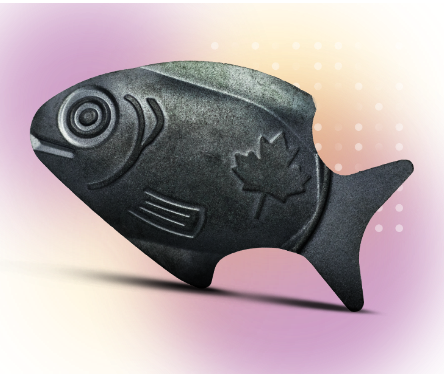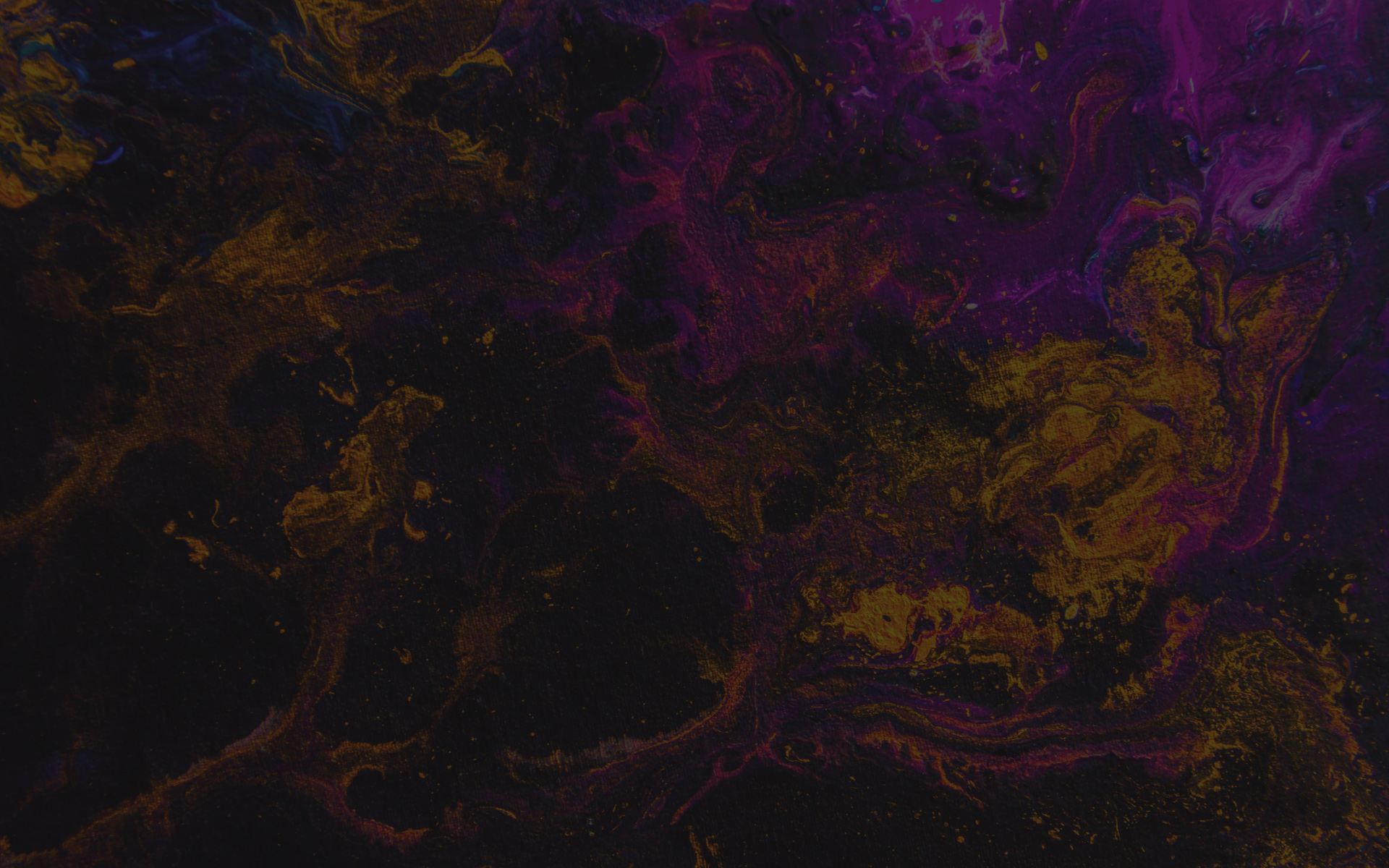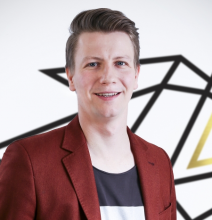
Laboratory of Change
Our work at LabZ is based on the service design methodology. It is a process which often brings a great change into a company or organization, but prior to that, just like in a lab, we test our solutions and experiment with them – so we can choose the one that fits best. That change can be applied to many various areas, it all depends on what your needs are at this moment.
How does it work? Get inspired!
Case study| Location: | Cambodia |
| Problem: | WHO diagnoses numerous developmental defects in children |
| Reason: | Anemia caused by insufficient iron intake during pregnancy |

solution no. 1:
Traditional magnesium supplement tablets
problem:
Lack of funds and complicated logistics for delivering resources (villages are on the water).

solution no. 2:
Pure iron cube. When added to a meal while it is being cooked, the iron ions pass into the food.
problem:
Housewives, instead of cooking, are using the cube to hold doors and support tables. The reason behind it is the cube’s unappetizing appearance.

solution no. 3:
During the research (interviews with village elders), a fish clue appears to be a strong symbol of health and happiness in Cambodian culture. The iron cube transforms into a shape of fish. In this form, housewives gladly use it in cooking.

final solution:
The fish gets more embellishments which increases its surface of contact with food and the amount of iron that passes into it.
How does it work? Get inspired!
Case study| Location: | Cambodia |
| Problem: | WHO diagnoses numerous developmental defects in children |
| Reason: | Anemia caused by insufficient iron intake during pregnancy |
Inspiring? Are you starting to notice possibilities of service design
and working with real insights?
Fantastic, because it can be applied to every industry and every challenge! All you have to do is notice the unique value in offered services or products, and open to change.
Fantastic, because it can be applied to every industry and every challenge! All you have to do is notice the unique value in offered services or products, and open to change.

What do we do?
We put together the needs of consumers and the needs of business and create innovative and effective solutions. We diagnose problems and respond to them successfully.
Offer
Our offer is always tailor-made, depending on our Client’s individual needs, resources, and capabilities. The process can last as long as a few months, but it can also be limited to single creative sessions or one-day workshops. Below we present selected cooperation models which can be adjusted to any project.

Team
LabZ is an interdisciplinary team of people who combine various competences and perspectives that penetrate each other. We involve both client and beneficiaries in our projects, which results in co-creative solutions.
